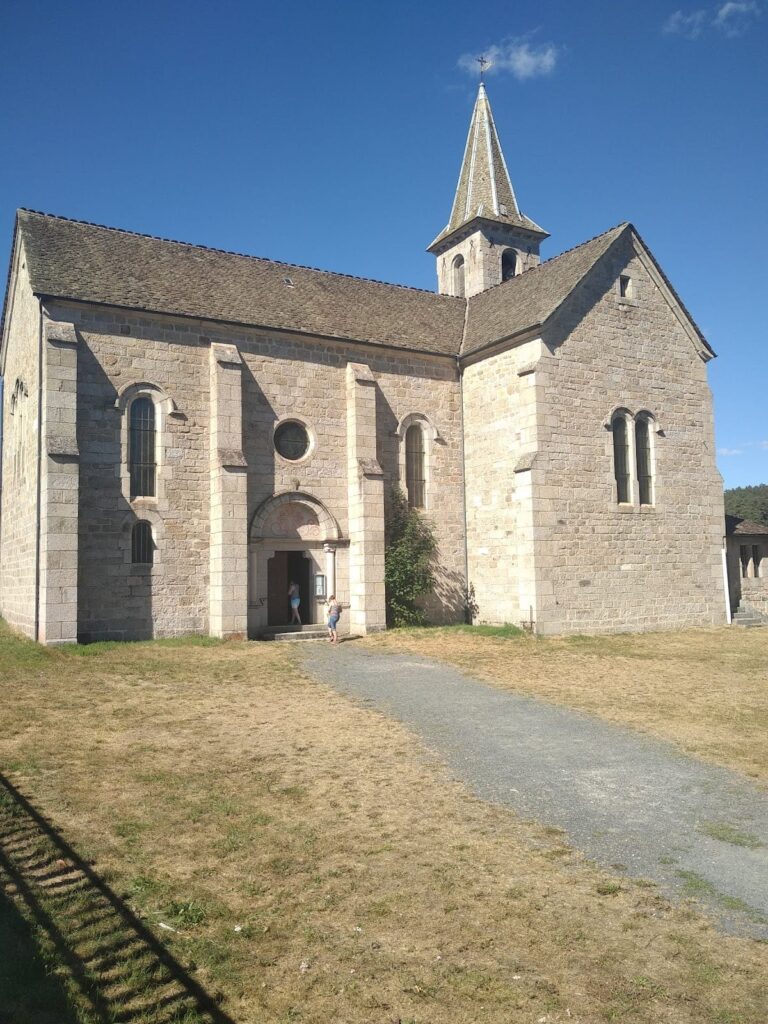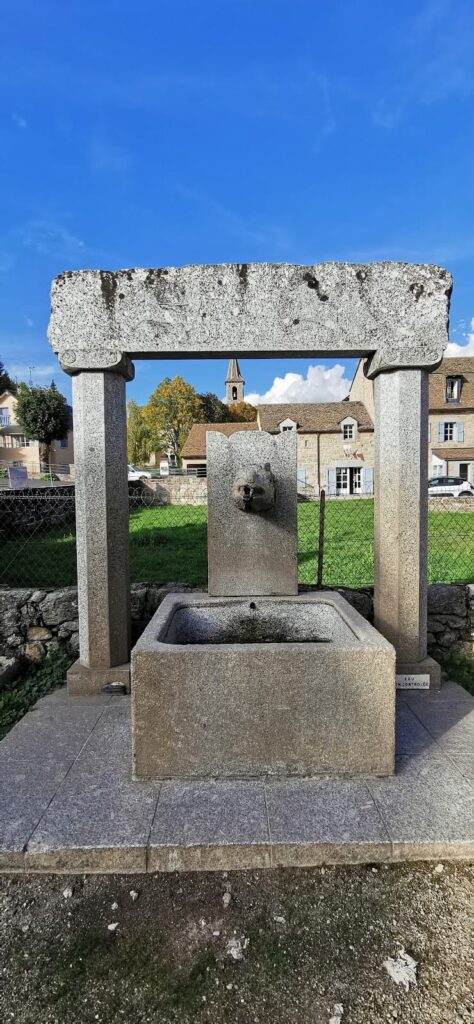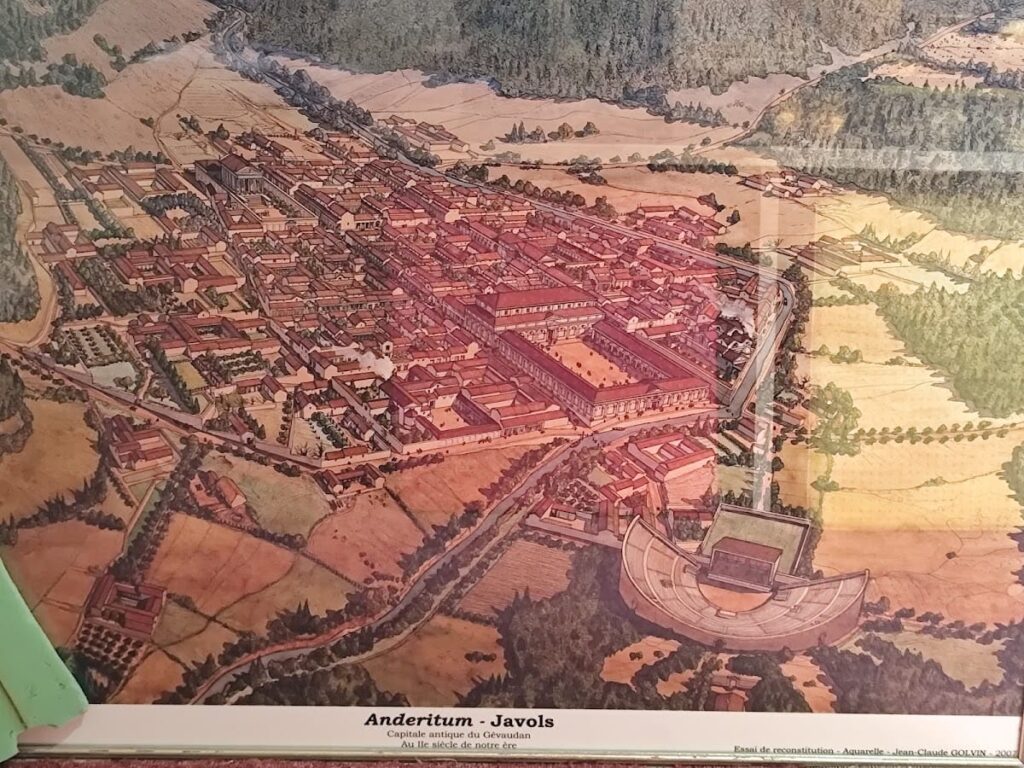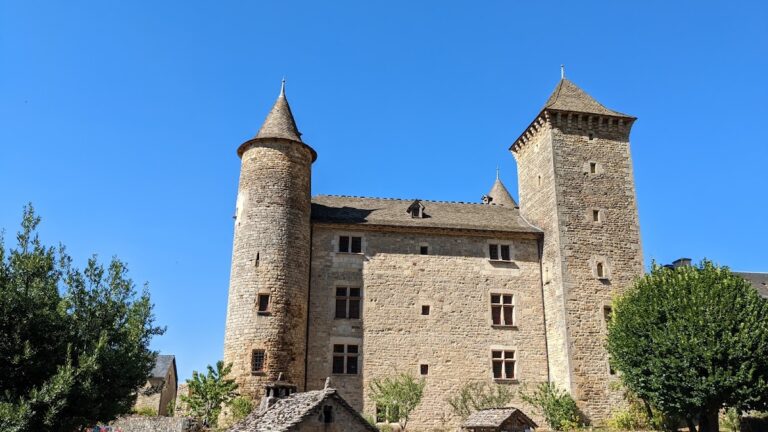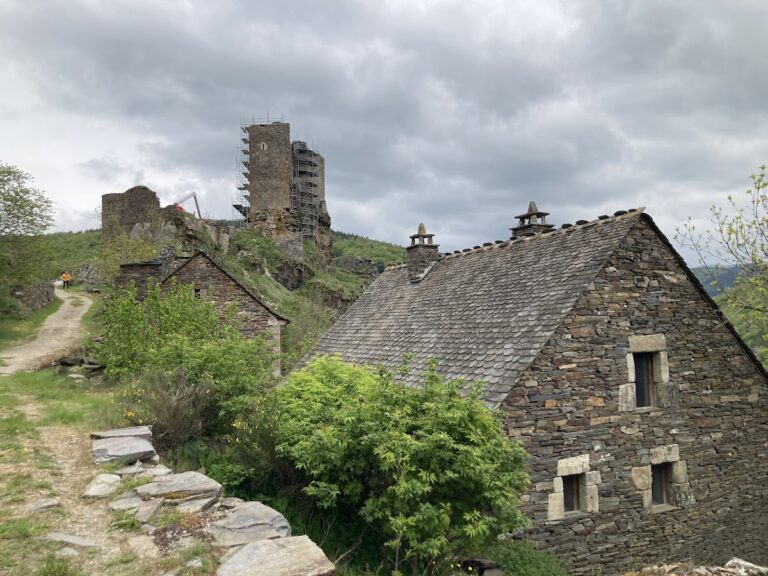Musée archéologique de Javols: Preserving the Roman Heritage of Anderitum
Visitor Information
Google Rating: 4.4
Popularity: Low
Google Maps: View on Google Maps
Official Website: archeologie-javols.org
Country: France
Civilization: Roman
Remains: City
History
The Musée archéologique de Javols is located in Javols, within the modern commune of Peyre en Aubrac, in the Lozère department of southern France. This site was originally established by the Romans shortly after their conquest of the region. It served as the capital of the ancient Gévaudan territory and was the main settlement of the Gabales tribe.
During the Gallo-Roman period, the city was known as Anderitum. It was laid out according to a Roman orthonormal plan, a grid-like street system, in the lower part of the valley. Anderitum functioned as an administrative center, hosting public buildings such as a forum, a basilica or curia (a council house), a temple, and thermal baths. These structures reflect its role as the civitas capital, the local seat of Roman authority over the Gabales.
The name Javols evolved from the late Antiquity term “ad Gabalos,” which means “at the Gabales,” indicating the continuity of the settlement as the regional capital after the Roman period. The identification of Javols as Anderitum was confirmed in 1828 when a Roman milestone was discovered, correcting earlier assumptions that placed the capital elsewhere.
Archaeological excavations have been conducted at the site for nearly two centuries. These efforts culminated in the opening of the Musée archéologique de Javols in 1998, which presents artifacts and research related to the ancient city. The museum and ongoing studies continue to shed light on the history and development of this important Gallo-Roman center.
Remains
The ancient city of Anderitum covered approximately 40 hectares and was organized with a clear Roman grid layout. Excavations have revealed residential areas, public buildings, and necropolises within this space. The construction techniques reflect typical Roman methods, using stone and mortar to create durable urban structures.
Key archaeological features include the forum, which served as the city’s public square and administrative heart. Nearby stands the basilica or curia, where local officials likely met. A temple was also part of the cityscape, indicating religious activities. The thermal baths, a common Roman amenity, included a pool whose remains are visible today.
Within the village, an outdoor circuit marks 18 significant excavation points, highlighting residential quarters, the forum, the baths, and burial sites. These areas reveal the city’s layout and social organization. Since 2015, about four hectares around the ancient church have been developed into gardens and walking paths. These spaces preserve visible remains of a residential district and the thermal baths’ pool, protected by a combination of vegetation and mineral markers.
The museum building itself houses many artifacts from the site. Among them is a notable Gallo-Roman sculpture of Silvain Sucellus, the forest god who was considered a protector of the Gauls in death and a patron of coopers. The museum also features a life-size reconstruction of a storage annex from a large house found beneath the current community hall. A black-and-white honeycomb-patterned mosaic displayed there highlights the artisanal activities that took place in Anderitum.
Together, these remains provide a detailed picture of the city’s urban design, public life, and craftsmanship during the Roman period. The preservation efforts ensure that the archaeological traces buried for two millennia remain visible and protected.

